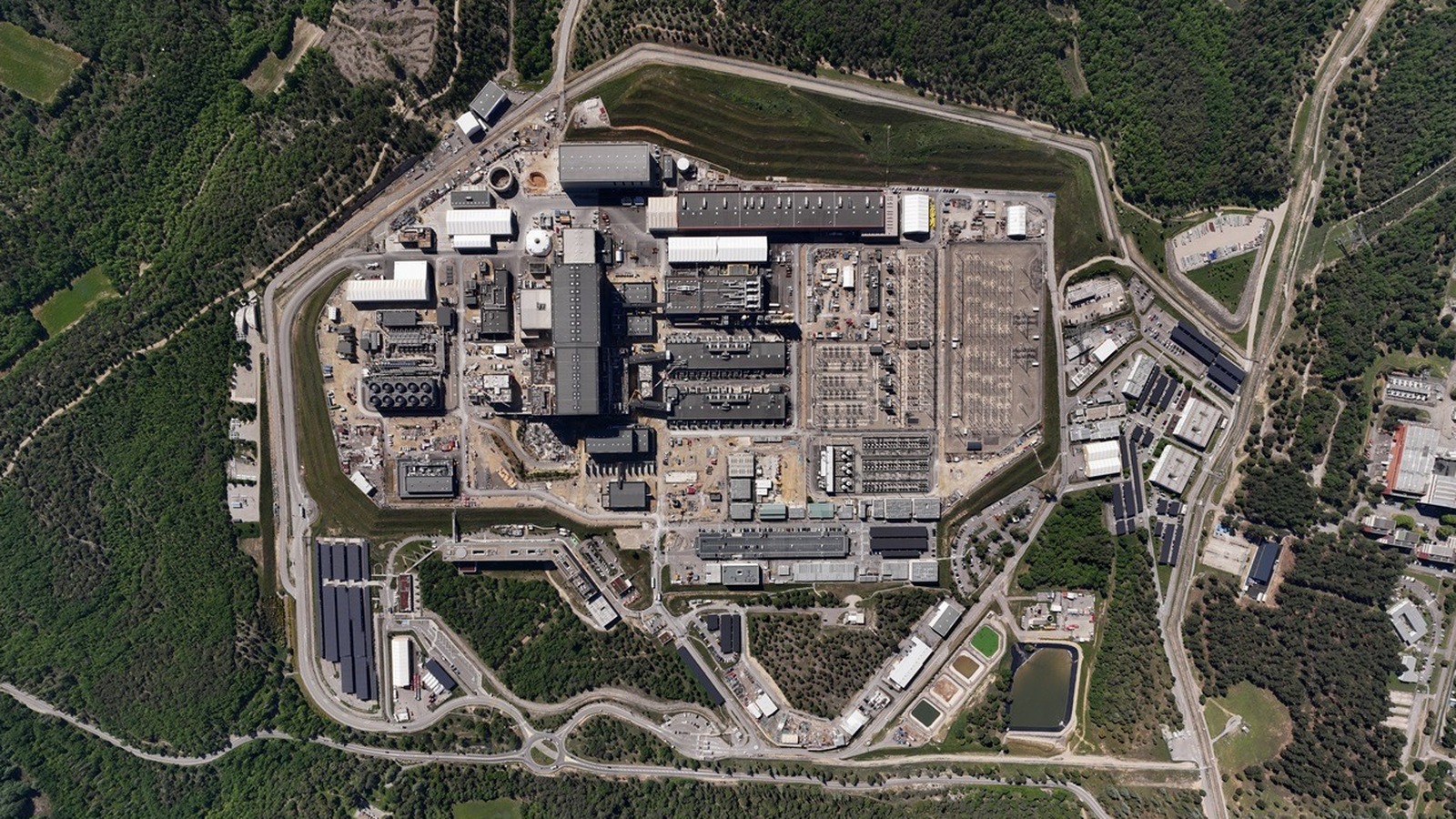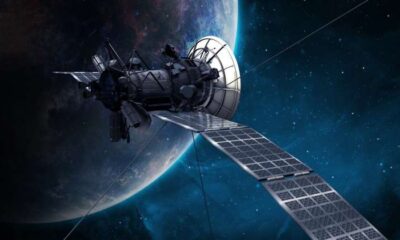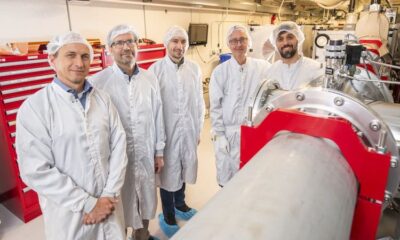Science
ITER Fusion Project Enters Crucial Phase in France’s Quest for Energy

The International Thermonuclear Experimental Reactor (ITER) project in southern France has entered a significant phase as it embarks on the final assembly of its reactor core. This ambitious initiative aims to replicate the sun’s nuclear fusion process on Earth, offering the potential for a clean and virtually limitless energy source. With this project, scientists hope to harness nuclear fusion, the same process that powers stars, which involves fusing hydrogen isotopes to release vast amounts of energy.
To achieve this, ITER will heat hydrogen isotopes known as deuterium and tritium inside a specially designed vacuum chamber called a tokamak. This chamber will contain plasma heated to an astonishing 150 million degrees Celsius. If successful, the energy produced could be up to 4 million times greater than that generated by burning coal, using fuel that can be sourced from seawater.
Precision Engineering and Major Milestones
The current construction phase requires meticulous planning and precision. The Westinghouse Electric Company, a major player in the nuclear energy sector, has secured a $180 million contract to oversee the assembly of the reactor core. Engineers will weld together nine enormous steel sectors, each weighing approximately 400 tons. The alignment of these components is critical, with tolerances as tight as 0.25 mm required to ensure proper function.
Once assembled, these sectors will form the tokamak, which must be both heat-resistant and capable of containing extreme conditions necessary for nuclear fusion. To support this, scientists are developing an advanced magnetic system featuring a 3,000-ton magnet. The system’s centerpiece, the Central Solenoid, is a massive stack of superconducting magnets that stands 60 feet tall. Its final component was completed in April, and the entire system is poised for installation in France.
The Central Solenoid is no ordinary magnet; it generates a magnetic field around 280,000 times more powerful than Earth’s own, essential for controlling the plasma within the tokamak.
While the main reactor vessel is advancing, other crucial components are also being developed. On October 2, 2025, Mitsubishi Heavy Industries and Japan’s National Institutes for Quantum Science and Technology announced the successful completion of the first Outer Vertical Target (OVT) for the divertor. This mechanism functions as an exhaust system, efficiently removing impurities such as helium ash and unburnt fuel from the plasma to maintain a stable fusion reaction. The divertor must withstand peak heat loads of 20 megawatts per square meter, necessitating the use of specialized materials like tungsten, known for its high melting point.
A Global Collaboration Amid Challenges
ITER stands out from other nuclear fusion projects due to its unparalleled scale. While France’s WEST program achieved a world record for running a nuclear fusion reactor in February 2025, ITER plans to operate with five times the plasma volume of the largest current systems. This ambitious endeavor has faced numerous challenges since its inception, which dates back to 1985. Construction began in 2010, with the budget escalating from an initial $6 billion to over $20 billion.
Delays attributed to various factors, including the pandemic and difficulties in assembling international components, have pushed the timeline for deuterium-tritium operations to 2039. Despite these hurdles, ITER represents a historic collaboration involving 33 nations, including some geopolitical rivals, united in pursuit of a common goal: a sustainable energy future.
The ITER project not only signifies a monumental scientific endeavor but also aligns with the renewed focus on nuclear energy, reflecting its potential role in addressing global energy demands. As the project progresses, it stands as a testament to international cooperation and innovation in the quest for transformative energy solutions.
-

 Entertainment3 months ago
Entertainment3 months agoAnn Ming Reflects on ITV’s ‘I Fought the Law’ Drama
-

 Entertainment4 months ago
Entertainment4 months agoKate Garraway Sells £2 Million Home Amid Financial Struggles
-

 Health3 months ago
Health3 months agoKatie Price Faces New Health Concerns After Cancer Symptoms Resurface
-

 Entertainment3 months ago
Entertainment3 months agoCoronation Street’s Carl Webster Faces Trouble with New Affairs
-

 Entertainment3 months ago
Entertainment3 months agoWhere is Tinder Swindler Simon Leviev? Latest Updates Revealed
-

 Entertainment4 months ago
Entertainment4 months agoMarkiplier Addresses AI Controversy During Livestream Response
-

 Science1 month ago
Science1 month agoBrian Cox Addresses Claims of Alien Probe in 3I/ATLAS Discovery
-

 Entertainment4 months ago
Entertainment4 months agoKim Cattrall Posts Cryptic Message After HBO’s Sequel Cancellation
-

 Entertainment2 months ago
Entertainment2 months agoOlivia Attwood Opens Up About Fallout with Former Best Friend
-

 Entertainment3 months ago
Entertainment3 months agoMasterChef Faces Turmoil as Tom Kerridge Withdraws from Hosting Role
-

 Entertainment4 months ago
Entertainment4 months agoSpeculation Surrounds Home and Away as Cast Departures Mount
-

 World3 months ago
World3 months agoCole Palmer’s Mysterious Message to Kobbie Mainoo Sparks Speculation





















